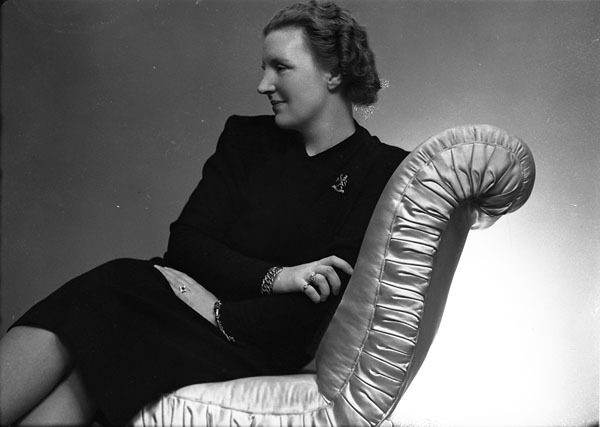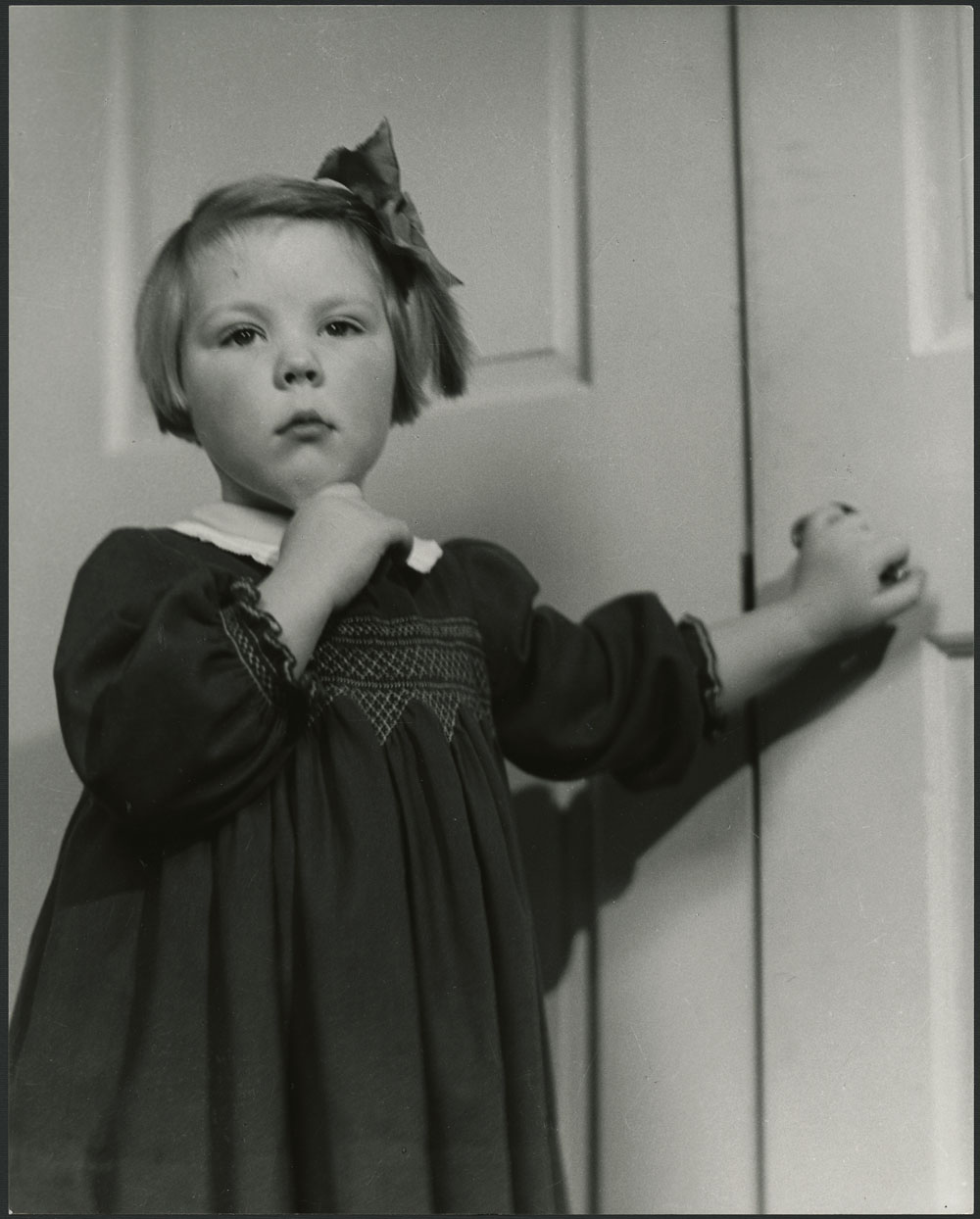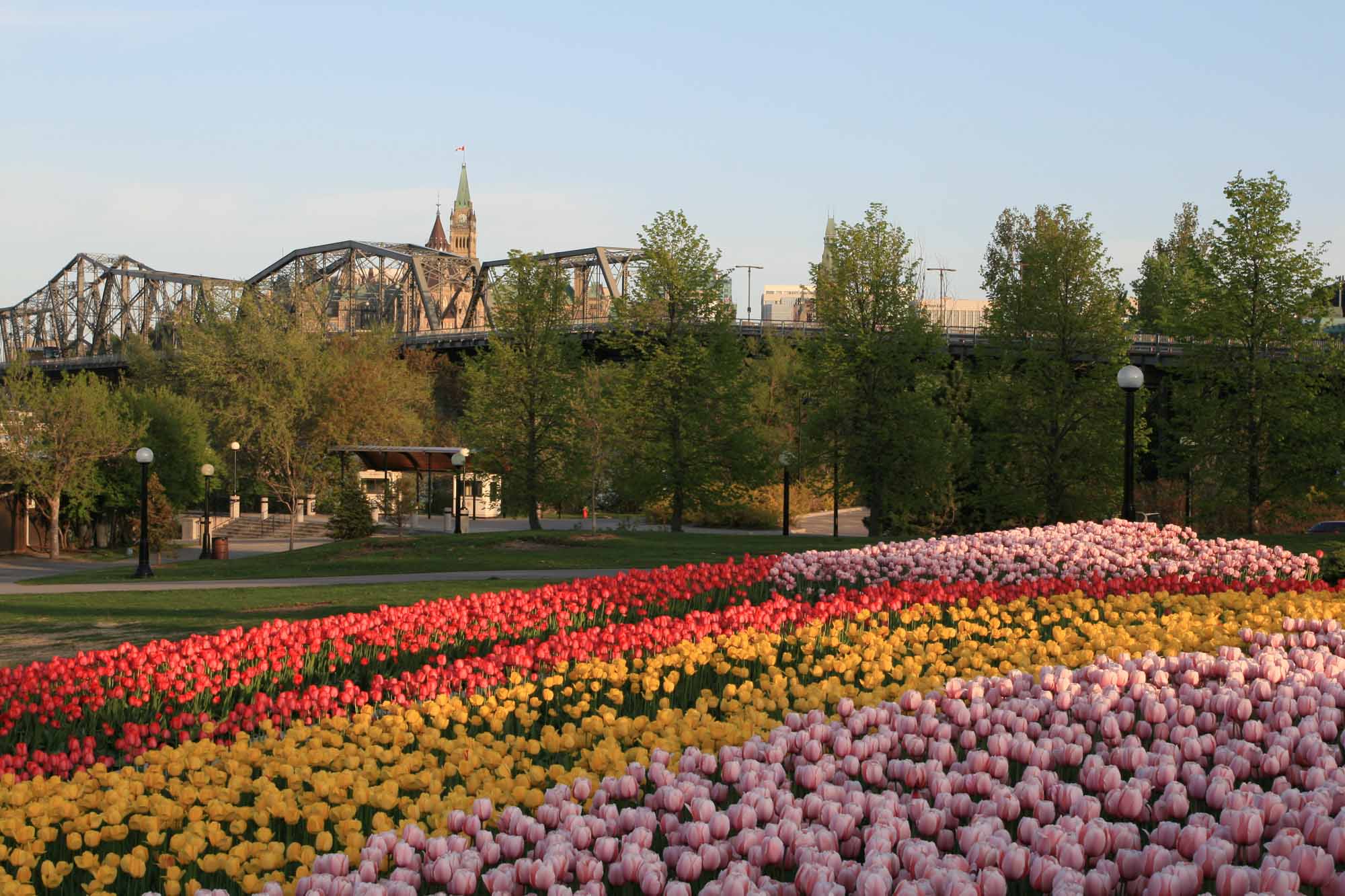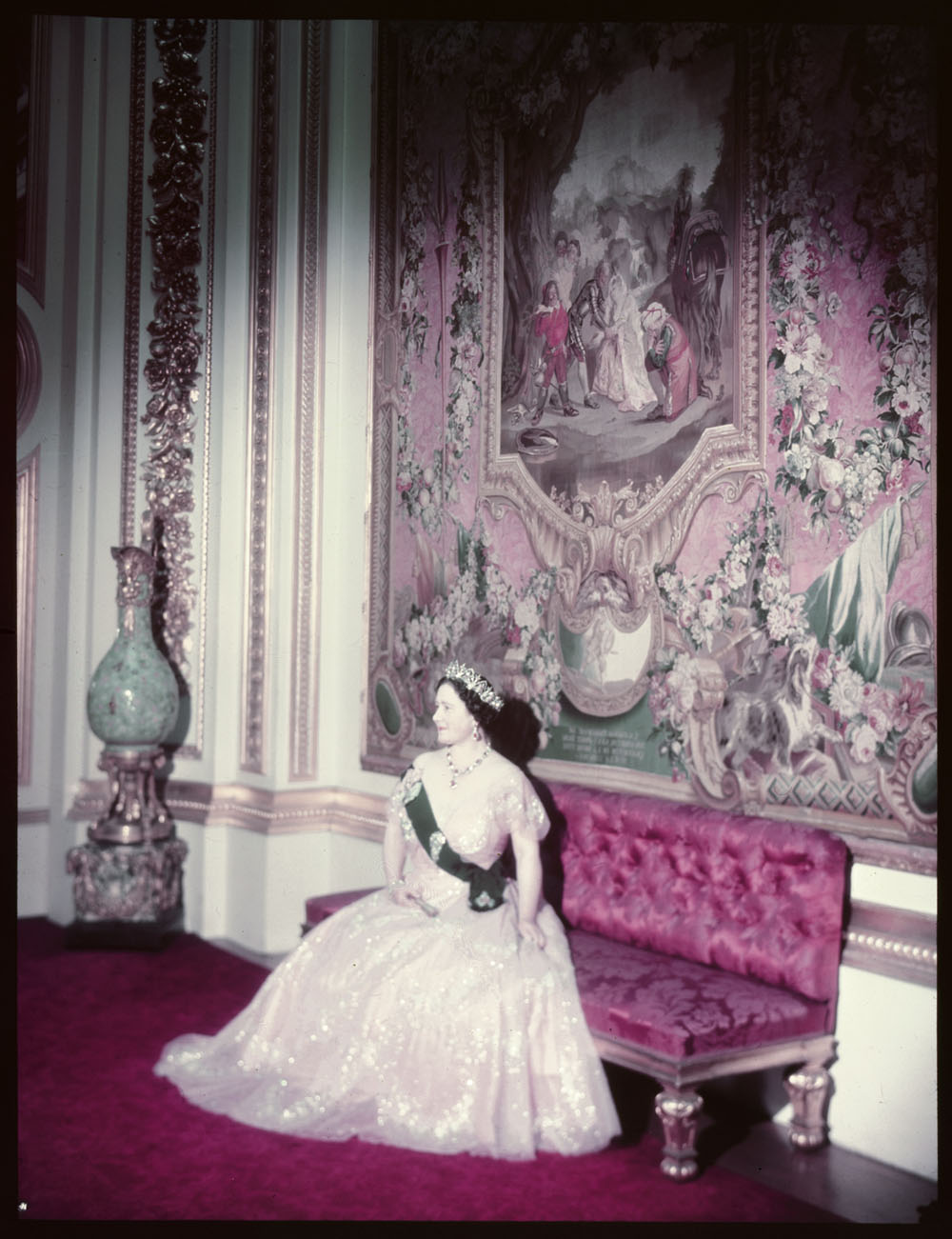The Second World War brought royalty from the United Kingdom and continental Europe to Canada for weeks, months and even years at a time. The Earl and Countess of Athlone, the governor general and viceregal consort during the war, were both related to King George VI and hosted royalty who had been displaced by Nazi occupations in Europe at Rideau Hall. These exiled European royals met with resistance fighters and civilians from their homelands and advocated for assistance for their countries from political leaders in Canada and the United States. King George VI’s brothers also visited Canada during the war. There was even a former German prince interned in Quebec prisoner-of-war camps. Here are 16 royals who spent time in Canada during the Second World War.

Alexander Cambridge, Earl of Athlone
An uncle of King George VI, Alexander Cambridge, Earl of Athlone, first visited Canada with his brother-in-law and sister, the future King George V and Queen Mary, on the 1901 Royal Tour. During the First World War, he was considered for the post of governor general of Canada but instead served on the western front in Europe. Athlone was eventually appointed governor general of Canada in 1940, after the sudden death of Lord Tweedsmuir, becoming the last member of the royal family to hold this position. At The Citadelle, the viceregal residence in Quebec City, Athlone hosted the Quebec Conferences of 1943 and 1944, at which British prime minister Winston Churchill, American president Franklin Roosevelt and Canadian prime minister William Lyon Mackenzie King met to plan Allied strategy against Germany and Japan. Throughout the war, Athlone travelled across Canada on a train that had been used by King George VI and Queen Elizabeth during the 1939 Royal Tour, meeting with military personnel and visiting munitions factories with his wife, Princess Alice, Countess of Athlone.
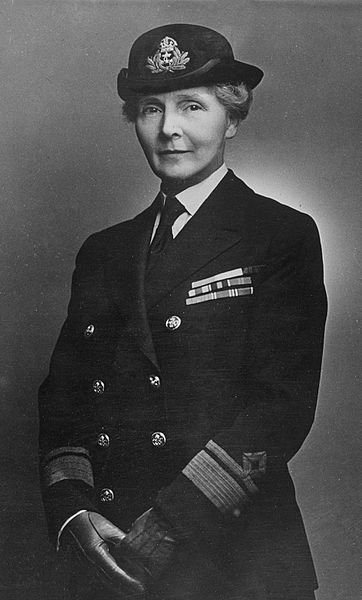
Princess Alice, Countess of Athlone
The viceregal consort from 1940 to 1946, Princess Alice, Countess of Athlone, was a granddaughter of Queen Victoria. Alice became honorary commandant of the Women’s Royal Canadian Naval Service, honorary air commandant of the Women’s Division of the Royal Canadian Air Force and president of the nursing divisions of the St. John Ambulance Brigade. In 1966, Princess Alice wrote a memoir, For My Grandchildren: Some Reminiscences of Her Royal Highness Prince Alice, which discussed her time in Canada as viceregal consort. As she recalled, “The war factories started and that was our chief preoccupation — visiting endless, endless war factories…The whole country threw itself into the war work and it was very inspiring to be there at that time.” A cousin of Queen Wilhelmina of the Netherlands (their mothers were sisters), the Countess of Athlone offered a Canadian refuge for the Dutch royal family following the Nazi occupation of the Netherlands.
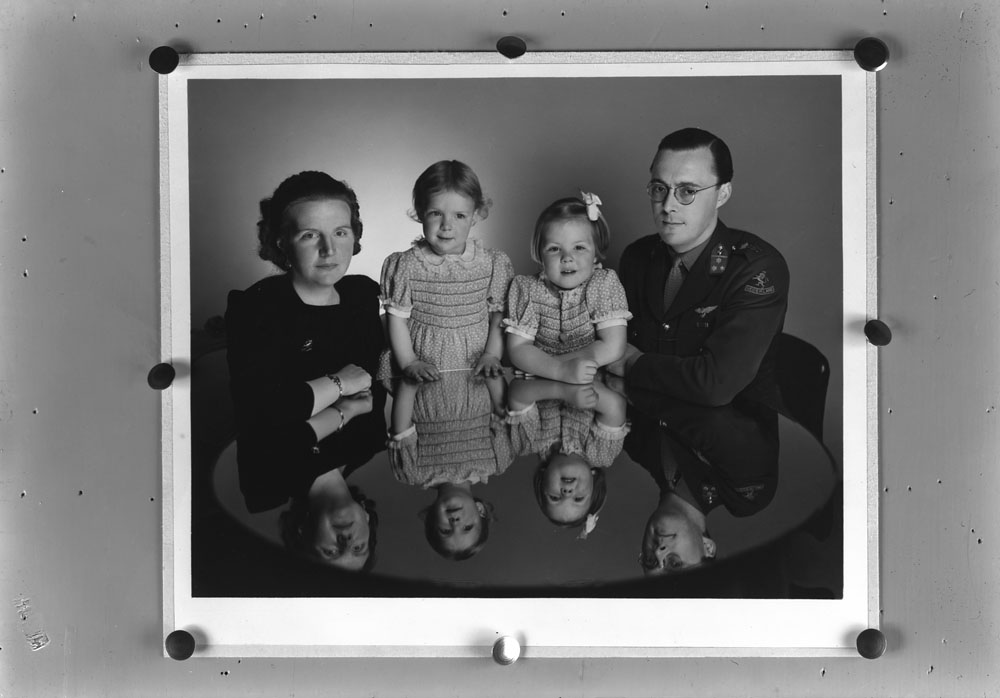
Crown Princess Juliana, Princess Beatrix and Princess Irene of the Netherlands
Queen Wilhelmina of the Netherlands, daughter Crown Princess Juliana, son-in-law Prince Bernhard of Lippe-Biesterfeld and granddaughters Princess Beatrix and Princess Irene fled to the United Kingdom following the Nazi invasion of the Netherlands in May 1940. The following month, Princess Juliana and her two young daughters, Beatrix and Irene, arrived in Ottawa, where they stayed at Rideau Hall with the Earl and Countess of Athlone, while Queen Wilhelmina and Prince Bernhard remained with the Dutch government in exile in London.
Juliana was determined that her daughters would live an ordinary life in Canada, stating in a radio broadcast, “You will see them in your midst. You will see them quite often.” Crown Princess Juliana moved into Stornoway with her family in 1941. Her daughters attended Rockcliffe Park Public School, where Beatrix was nicknamed “Trixie Orange.” In addition to raising her children, Juliana visited the United States and the Dutch Antilles in the Caribbean, directed the Netherlands Red Cross abroad and volunteered in a consignment shop that raised money for the war effort. After the Second World War, Princess Juliana sent more than 100,000 tulip bulbs to Ottawa to thank Canadians for the liberation of the Netherlands from the Nazi occupation and for providing her family with a wartime refuge.

Princess Margriet of the Netherlands
On 19 January 1943, Crown Princess Juliana’s third daughter, Princess Margriet Francisca, was born at the Ottawa Civic Hospital. The Earl of Athlone declared the maternity ward where she was born to be temporarily extraterritorial so that the infant princess would have Dutch citizenship alone. Margriet was named after the daisies (or “marguerites”) worn by members of the Dutch resistance. In honour of the royal birth, the Dutch flag flew from the Peace Tower on Parliament Hill and the bells played the Dutch national anthem. On 29 June 1943, the infant princess was christened at St. Andrew’s Presbyterian Church in Ottawa in a ceremony attended by Prime Minister William Lyon Mackenzie King. Her godparents included the Earl of Athlone and Crown Princess Martha of Norway.
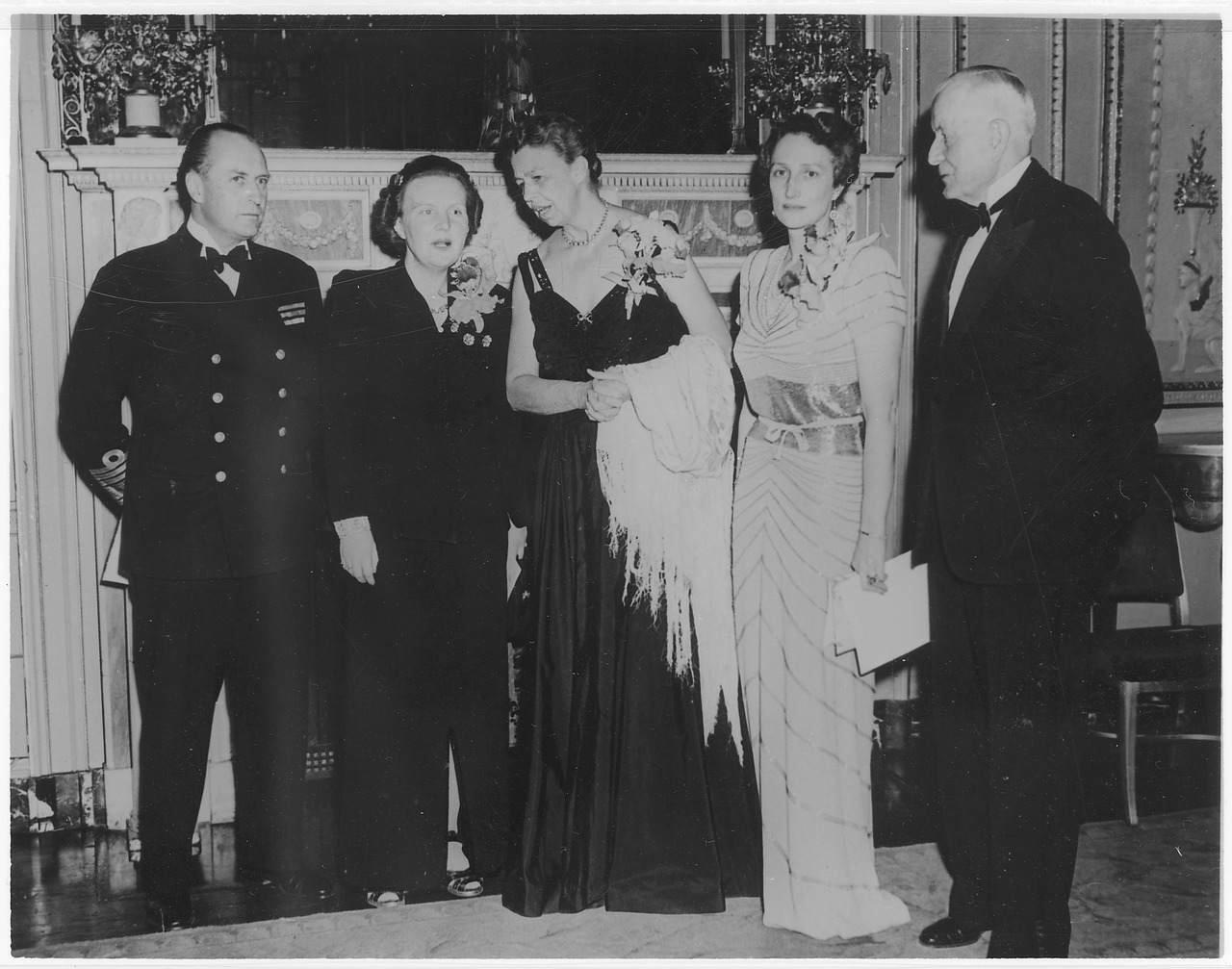
Crown Prince Olav and Crown Princess Martha of Norway
Following the Nazi invasion of Norway and King Haakon’s VII’s refusal to surrender, the Norwegian royal family was evacuated by the Allied powers. King Haakon VII and his only son, Crown Prince Olav, were brought to the United Kingdom aboard a British warship, while Crown Princess Martha and her children, Princess Ragnhild, Princess Astrid and Prince Harald (the current King Harald V of Norway), fled to her native Sweden and then Finland, where they were evacuated to the United States aboard the U.S. army transport SS American Legion. The Crown Prince and Crown Princess of Norway spent much of the war on opposite sides of the Atlantic Ocean, but they made joint visits to Canada to meet with Norwegian sailors, pilots, civilians and resistance fighters who were training in Canada. In 1941, Olav and Martha became the first royal visitors to Lunenberg, Nova Scotia, where they met with Norwegian sailors and civilians at Camp Norway. They also opened the Little Norway Norwegian Air Force training base in Muskoka in 1942 and attended the closing ceremonies in 1945. In Ottawa, the Crown Prince and Crown Princess of Norway were hosted by the Earl and Countess of Athlone at Rideau Hall.
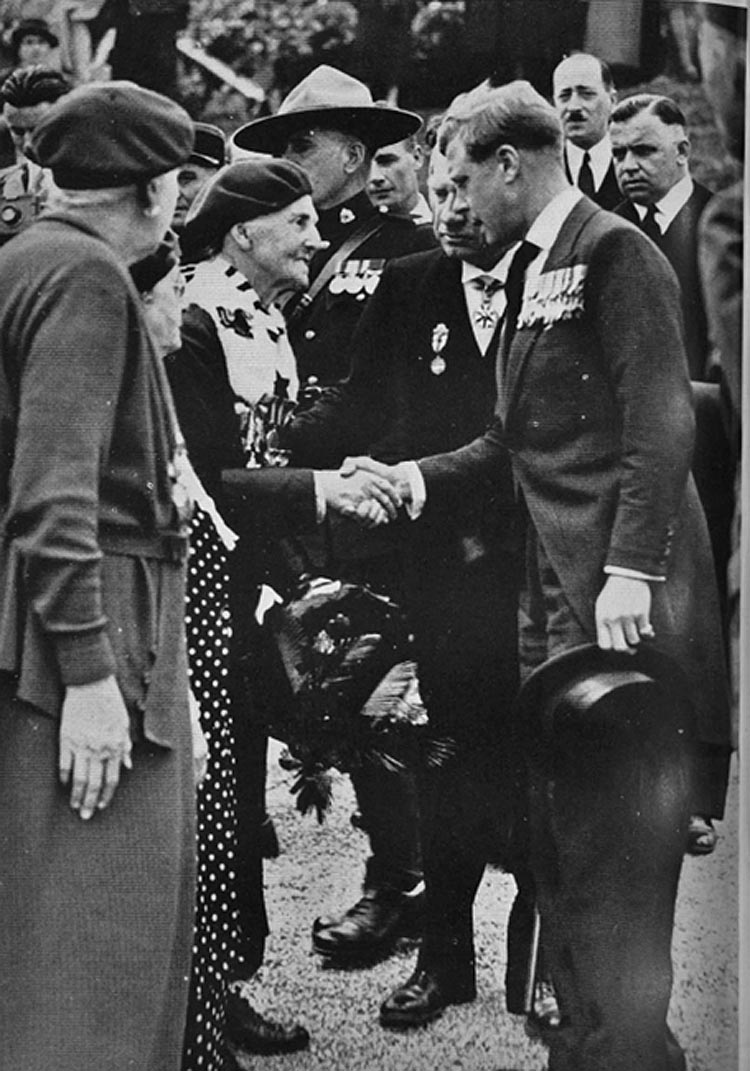
The Duke and Duchess of Windsor
Not all royal visitors were as warmly welcomed by the Earl and Countess of Athlone as the Dutch and Norwegian royal families. When the Duke of Windsor (the former King Edward VIII) expressed an interest in vacationing at his ranch in Alberta with the Duchess of Windsor (twice-divorced American Wallis Simpson), the Earl of Athlone wrote to King George VI, “I only hope he will not come here.” The Duke and Duchess of Windsor did not visit Ottawa or the Athlones, flying directly to Calgary airport from the United States in September 1941 and then driving to the E.P. (Edward Prince) Ranch in High River with an RCMP escort. During their time in Alberta, they met with Indigenous leaders and local women’s organizations. The Duke of Windsor enjoyed the nine-day visit, but the duchess was reputedly cold in the rainy weather and eager to return to the Bahamas, where the duke was governor. They would not return to Alberta until 1950, but they vacationed in New Brunswick in 1945.
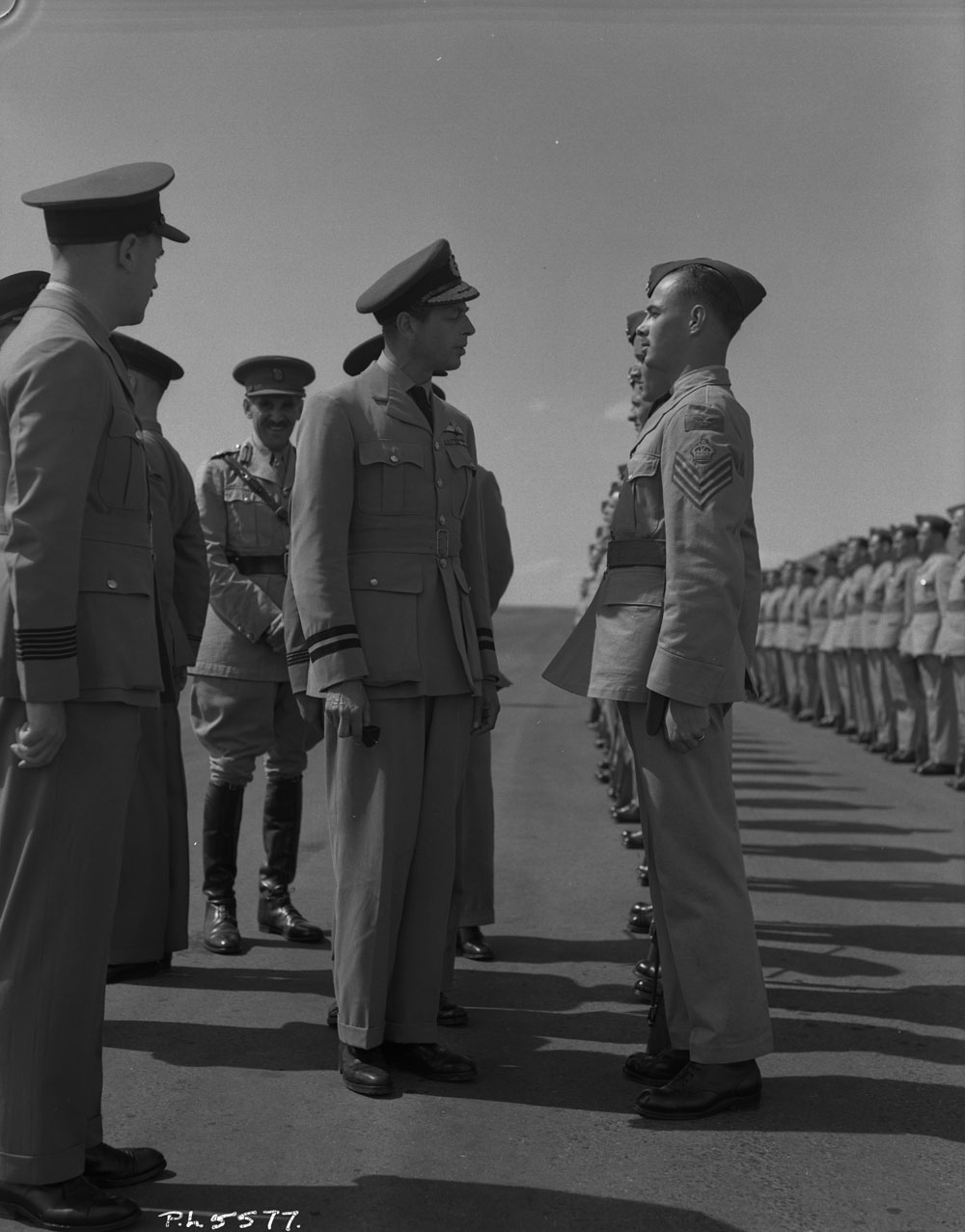
Prince George, Duke of Kent
Unlike the Duke of Windsor, his younger brother, Prince George, Duke of Kent, visited Canada on official business. He spent six weeks in Canada in the summer of 1941 on a high-profile visit to inspect the British Commonwealth Air Training Plan, visit munitions and aircraft factories and thank Canadians for their contributions to the war effort. He wrote to his brother the King, “Canada has done great work.” The Duke of Kent was the first member of the royal family to visit Canada by air, enduring a 16-hour transatlantic flight on a bomber plane. During his time in Canada, he visited Ottawa, Winnipeg, Regina, Calgary, Edmonton, Victoria, Vancouver, Toronto, Montreal and Quebec City by seaplane and was well received by Canadians. His seaplane was forced to land due to bad weather in Montreal and was overturned by gale force winds and sank just after he alighted for a public engagement in Quebec. The Duke of Kent died in a Royal Air Force plane crash in Scotland in 1942.
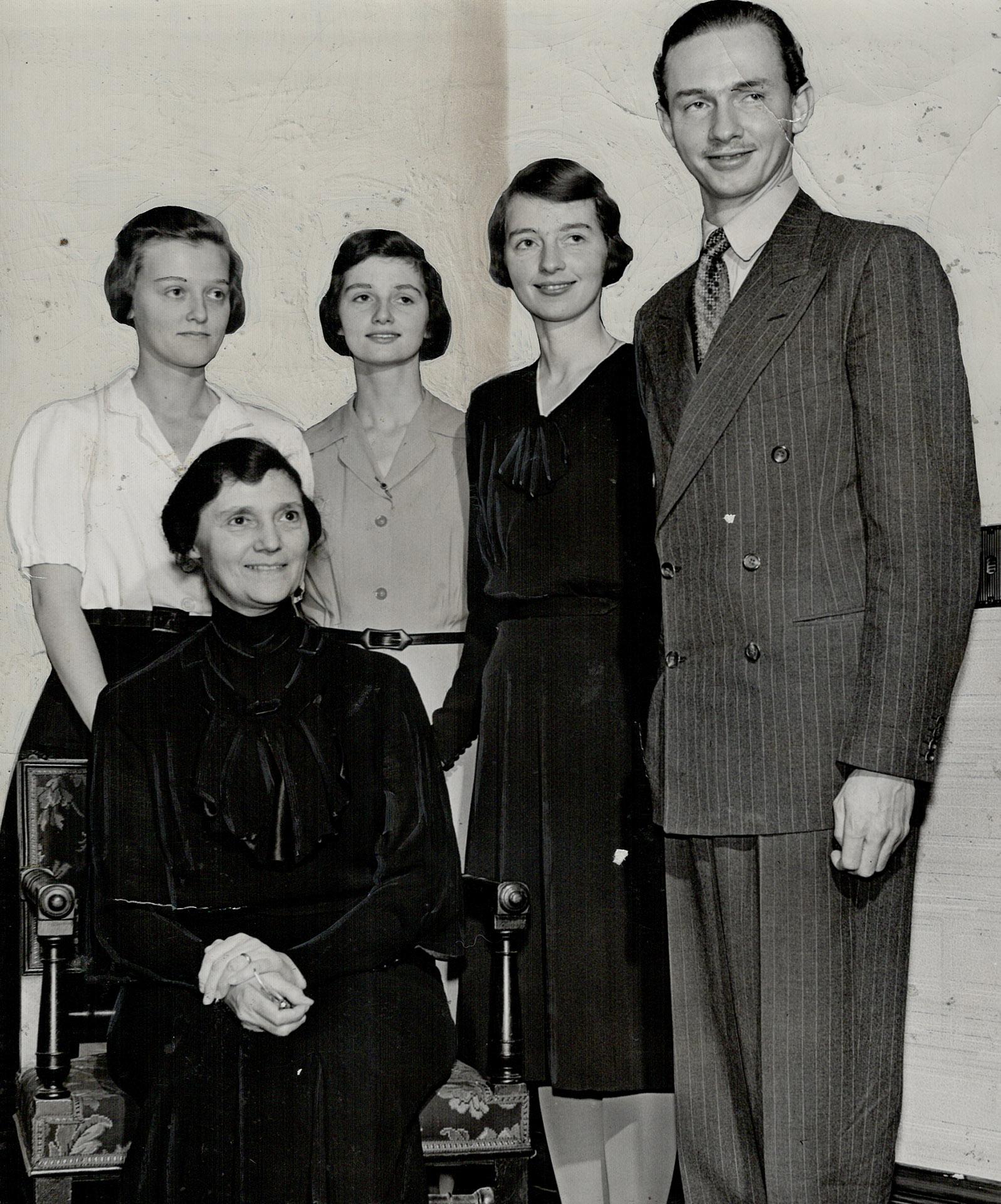
Former Empress Zita of Austria-Hungary
For French-speaking European royalty, Quebec was a place of refuge and resistance during the Second World War. In 1940, the former Empress Zita of Austria-Hungary (born Princess Zita of Bourbon-Parma and raised at the Château de Chambord in France) fled Belgium, where some of her children were attending the Université Catholique de Louvain, following the Nazi invasion. She settled at the Villa St. Joseph in Quebec City with the assistance of Cardinal Villeneuve. Three of her eight children, Archduke Carl-Louis, Archduke Rodolphe and Archduchess Charlotte, were admitted to Laval University’s faculty of social sciences to continue their post-secondary education, while her youngest daughter, Elisabeth, completed secondary school at the Collège Jésus-Marie de Sillery. After the war, Zita toured Canada and the United States to raise money for war-ravaged Austria.
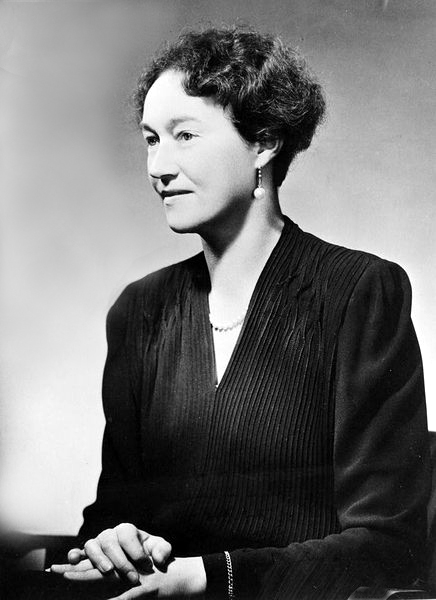
Grand Duchess Charlotte of Luxembourg, Prince Félix of Bourbon-Parma and their son, Grand Duke Jean
One of Zita’s brothers, Prince Félix of Bourbon-Parma, was married to Grand Duchess Charlotte of Luxembourg. Grand Duchess Charlotte, Prince Félix and their six children found refuge in Quebec following the Nazi occupation of Luxembourg. The Luxembourg government in exile was based in Montreal, and the Grand Ducal family settled on a farm outside the city. Charlotte and Félix’s eldest son, Jean (who would reign as Grand Duke of Luxembourg from 1964 to 2000), studied law and political science at Laval University before joining the British army and taking part in the liberation of Luxembourg. From Quebec, Charlotte made frequent visits to the United States, meeting with President Franklin Roosevelt and members of the Luxembourg diaspora in North America. The Grand Ducal family of Luxembourg remembered their time in Quebec fondly. In 2022, Grand Duchess Charlotte’s great-grandson Crown Prince Guillaume visited Toronto on a trade mission to Canada. In a speech at the InterContinental Hotel in Toronto, he recalled, “My grandfather, the late Grand Duke Jean, used to tell us stories about my family’s Canadian period and how they enjoyed their stay here despite the difficult circumstances.” Rue du Luxembourg in Quebec City is named after Grand Duchess Charlotte.
Prince Frederick of Prussia
Prince Frederick of Prussia, a grandson of former emperor William II of Germany, also spent time in Quebec during the Second World War. A student of the University of Cambridge at the outbreak of hostilities, Frederick was arrested as part of a general round-up of enemy aliens in Britain in May 1940. He was first interned on the Isle of Man and then sent to Canada aboard the MS Ettrick in July. The Toronto Daily Star reported in 1945 that he “took his turn with the other internees scrubbing decks.” He spent six months in internment camps for enemy aliens in Quebec City and Farnham and was twice elected camp leader by his fellow detainees. After a review of his case by the British home office and the intercession of Queen Mary, Frederick was released and permitted to return to the United Kingdom in December 1940.

 Share on Facebook
Share on Facebook Share on X
Share on X Share by Email
Share by Email Share on Google Classroom
Share on Google Classroom


